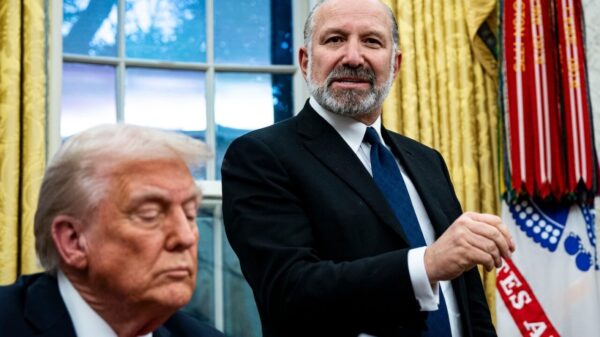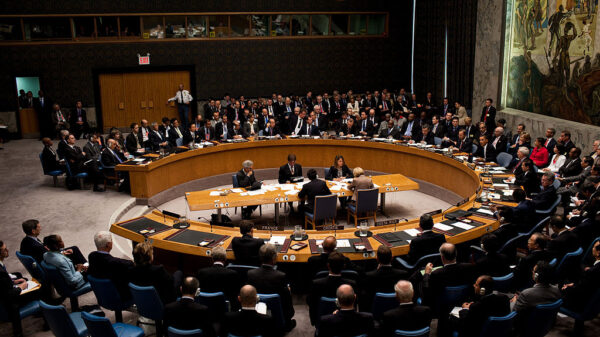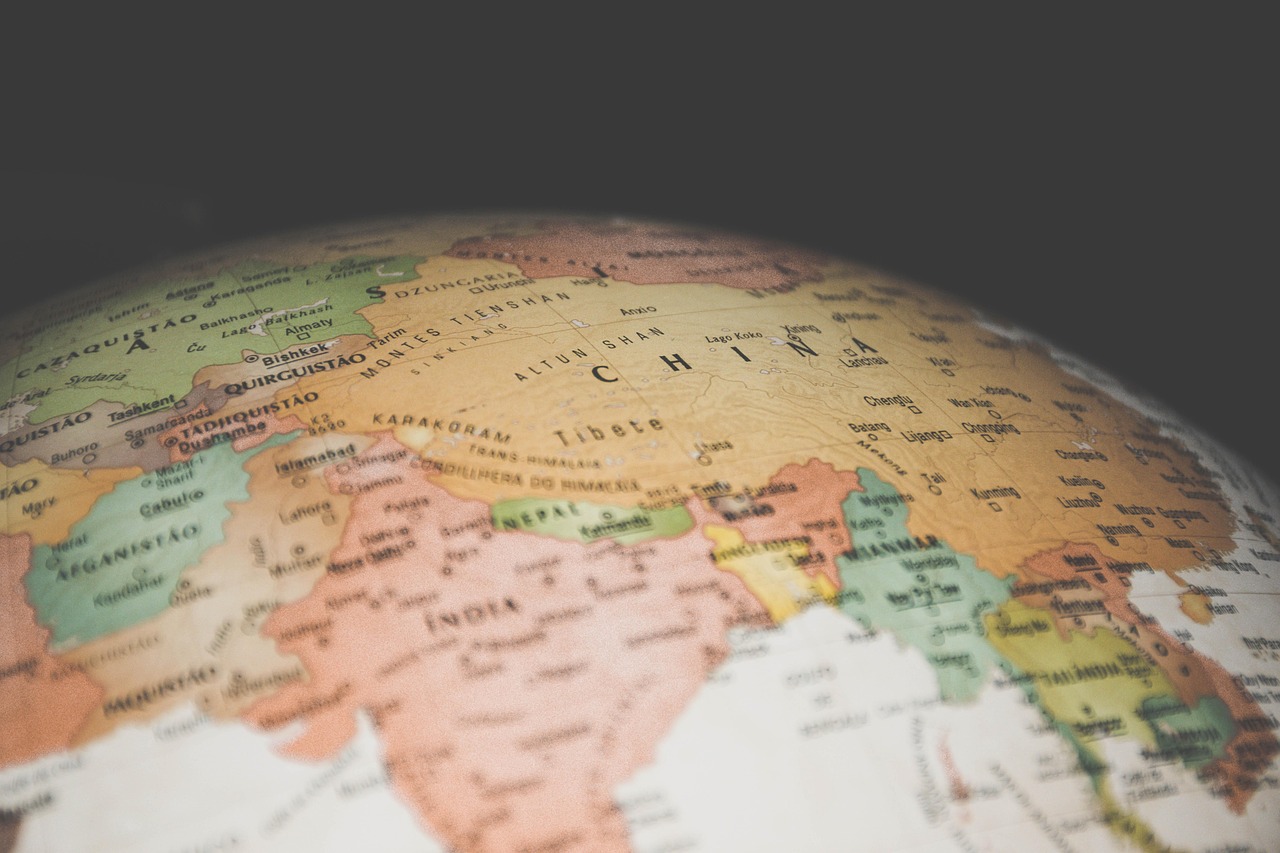Pakistan, established in 1947 as a homeland for South Asia’s Muslims, faces a significant challenge from the Taliban-controlled Afghanistan. The Taliban’s rejection of the Durand Line, which serves as the border between the two nations, coupled with their Deobandi ideology, poses a dual threat to Pakistan’s sovereignty. This analysis explores how these factors intertwine, creating a complex situation that impacts not only Pakistan’s political landscape but also its social fabric.
Understanding the Taliban’s Dual Front
The Afghan Taliban and the Pakistani Taliban, known as the Tehrik-i-Taliban Pakistan (TTP), should not be viewed as separate entities. Many TTP members were born in Pakistan, while numerous Afghan Taliban fighters have grown up as refugees in the country. Both groups share a Pashtun ethnicity and adhere to the same Deobandi ideology under the leadership of the Supreme Leader, Haibatullah Akhundzada. Although the Afghan Taliban publicly distances itself from the TTP, they coordinate operations and provide mutual support. This relationship complicates Pakistan’s efforts to address security threats along its border.
Calls for the Afghan Taliban to restrain the TTP often overlook the reality that both groups operate under the same ideological framework and authority. The TTP conducts militant operations in Pakistan, retreating into Afghanistan where the Taliban leadership offers them protection while publicly denying involvement. Such dynamics illustrate the difficulties in addressing the Taliban threat, as they represent a unified front despite superficial distinctions.
The Human and Political Cost of Counterterrorism
Pakistan’s military operations along the Afghanistan-Pakistan border and in Khyber Pakhtunkhwa to combat the TTP insurgency have created significant humanitarian and political repercussions. Displacement of thousands of families has occurred due to curfews and military actions, disrupting lives and local economies. Civilian casualties have risen as militant hideouts are targeted, further fueling distrust among affected communities.
Political discord exacerbates these challenges. The provincial government in Khyber Pakhtunkhwa, led by the Pakistan Tehreek-e-Insaf (PTI) of imprisoned former Prime Minister Imran Khan, has criticized military actions, accusing the army of overreach. This internal division undermines Pakistan’s cohesive stance against the Taliban, allowing the insurgents to exploit the situation to further their agenda.
The Taliban’s threat is not merely a security issue; it is fundamentally ideological. Effective counterterrorism requires recognizing the complex social and political grievances that fuel the insurgency. The intertwining of military, political, and social tensions in Khyber Pakhtunkhwa serves as a cautionary tale for policymakers, who must not conflate counterterrorism efforts with civil conflict.
The Taliban’s ideological roots are deeply embedded in the Deobandi movement, which originated in 19th-century India as a response to colonialism and Western influence. Deobandi teachings reject secularism and liberal governance, often opposing individual freedoms and women’s rights. This ideology continues to thrive through madrassas across South Asia and beyond.
Despite the Taliban’s claims to represent the Pashtun people, a significant portion of this ethnic group, including notable figures like Nobel laureate Malala Yousafzai, rejects their militant interpretation of Islam. Out of approximately 55-60 million Pashtuns, only a small fraction supports the Taliban’s political ambitions, highlighting the tenuous legitimacy of their claims.
The Taliban’s ambitions extend beyond territorial gains; they aim to impose their interpretation of Islam on Pakistan’s diverse society. The Deobandi ideology is not inherent to the Pashtun identity or Afghanistan itself, and its interpretation by the Taliban does not reflect the beliefs of the broader Muslim population in Pakistan.
The Diplomatic Landscape and Historical Context
The Taliban’s approach to governance and enforcement of Islamic principles has led to their diplomatic isolation. Although Afghanistan and Pakistan share a Muslim majority, their methods of implementing Islamic law differ significantly. Pakistan’s legal framework allows for pluralism and personal freedoms, while the Taliban apply rigid enforcement through state policing and moral regulation.
As of now, no member of the Organization of Islamic Cooperation (OIC) has fully recognized the Taliban government, which remains an outlier in the diverse spectrum of governance within the Muslim world. Only Russia has granted quasi-recognition, while nations like India have resumed diplomatic engagements without formal acknowledgment of the Taliban regime.
The historical context of the Durand Line, established in 1893 to delineate boundaries, complicates the Taliban’s territorial claims. The line has been a point of contention since Pakistan’s creation, with successive Afghan governments, particularly those led by Pashtuns, refusing to acknowledge its legitimacy. The Taliban’s current rejection of the Durand Line is fueled by a mix of ideological conviction and historical grievance.
The legacy of the Durrani Empire, which once united Pashtun tribes, continues to inspire the Taliban’s vision of restoring a unified Pashtunistan. However, this ambition is challenged by the historical reality of diverse ethnic identities within Afghanistan, as non-Pashtun groups like Tajiks, Uzbeks, and Hazaras do not support Pashtun supremacy.
The historical referendum conducted by the British prior to the partition of British India indicated that the residents of the North-West Frontier Province overwhelmingly chose to join Pakistan—over 99% of those who voted supported this decision, despite the absence of an option for an independent Pashtunistan. This historical context underscores that the current challenges stem primarily from Pashtun grievances, rather than a shared national sentiment among all Afghans.
The future of South Asia’s stability hinges on Pakistan’s ability to navigate these ideological and territorial challenges posed by the Taliban. The nation must maintain its constitutional framework that permits pluralism and personal freedoms, opposing the Taliban’s vision for a theocratic state.
In conclusion, the intertwined threats of the Durand Line and the Deobandi ideology represent a significant challenge to Pakistan’s sovereignty. As Pakistan continues to grapple with internal divisions and external pressures, the need for a comprehensive approach to counter terrorism that respects human rights and addresses underlying grievances is more crucial than ever.



































































